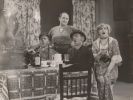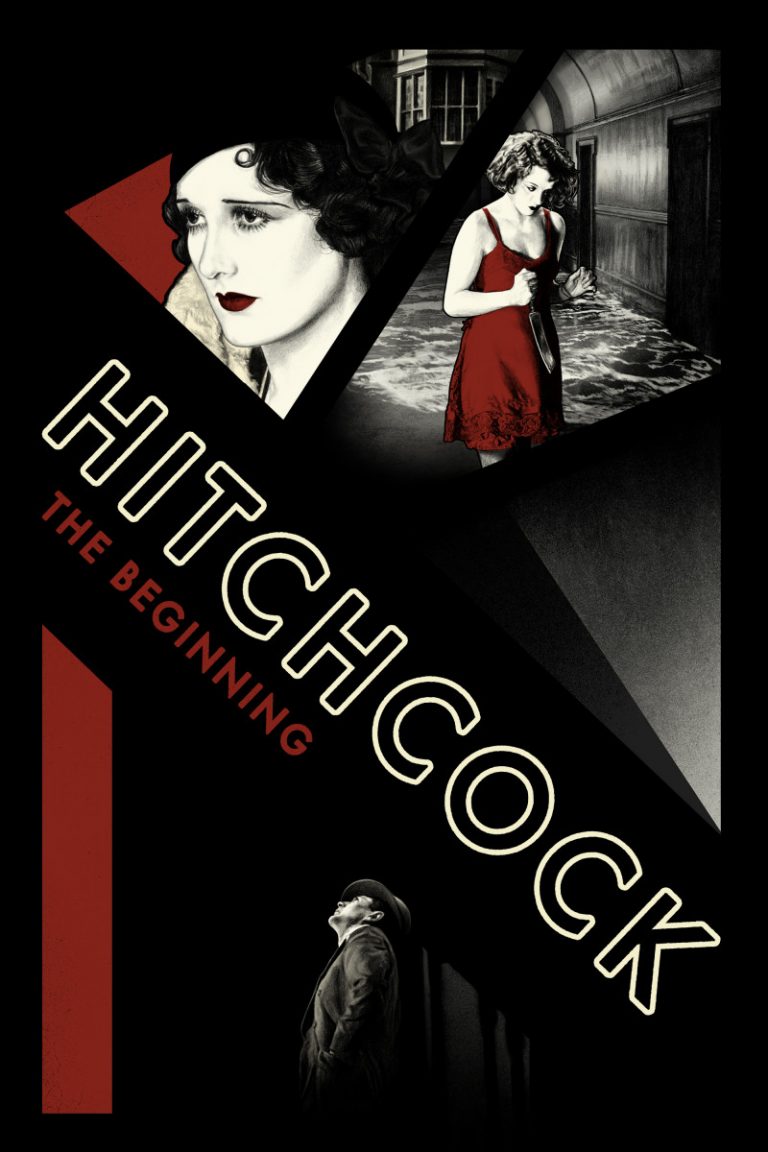Eye For Film >> Movies >> Juno And The Paycock (1929) Film Review
Juno And The Paycock
Reviewed by: Amber Wilkinson

This adaptation of Sean O’Casey’s play about a Dublin family trying to get by might best be described as one for completists, in terms of Alfred Hitchock’s body of work. Theatrical, both in its staging, which is largely confined to a single room, and in terms of its performance, which is broad by today’s standards, it was nevertheless well received at the time.
Sara Allgood (who was the first to play Juno on the stage) is the best of the performers, generating a decent amount of emotion as the story hits its increasing number of melodramatic beats, including a crucial monologue. She plays Juno Boyle, a Dublin matriarch who has her hands full trying to make ends meet while coping with her workshy husband Jack (Edward Chapman), the “paycock/peacock” of the title. The couple have a son Johnny (John Laurie, who would go on to find fame late in life as Dad’s Army’s Frazer, in his first screen role) and a daughter Mary (Kathleen O’Regan). Johnny is suffering from PTSD since losing an arm in the Easter Rising and his unpredictable presence in the back of several scenes adds a level of tension.

Leaning into Irish stereotypes, Jack is full of the blarney, while his wife is a salt-of-the-earth type. Beginning with a fair dose of humour - though not a great deal of verve - a sausage takes centre-stage for some business, as Jack’s drinking buddy Joxer (Sidney Morgan) comes to call. He, along with another neighbour, effervescent lush Maisie Madigan (Maire O'Neill) add colour to the edges of the Boyles’ lives. A stereotypical
The action is largely driven by the arrival of Mary’s new beau Charles (John Longden, who had previously appeared in Hitchcock’s Blackmail) - enjoyably described as “a lanky strip of a Mickey Dazzler” - who brings with him news of a potential inheritance. The family see this as Christmas come early but, all the while, there are signs that the problems of the wider world won’t stay outside their doorstep.
There are one or two nice camera moves - the way it follows the adventures of that sausage and, at another point, booze - but when you start to long for the sort of in frame movement provided by a cat shinning up a drainpipe early on, it’s an indication of how stodgy the action has become. The use of gunfire within the sound design is also notable in the way that Hitchcock uses it to suddenly change the mood. Hitchcock, presumably aiming to inject more comedy (for the audiences of the day), changes the nationality of the tailor to a terrible Jewish stereotype, which has aged badly. The main problem is, however, that Hitchcock does so little to remove the film from its source, so that as comedy is replaced by tragedy, the plot points start to pile up in ways that theatre audiences are used to but play cumbersomely on film. If nothing else, this is a reminder that even the greatest directors aren’t always on form.
Reviewed on: 15 Dec 2024


















